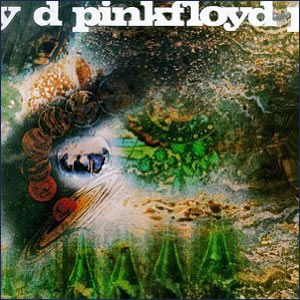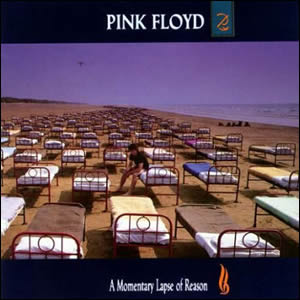Meddle by Pink Floyd
Buy Meddle In 1967, Pink Floyd released their debut album, The Piper at the Gates of Dawn, a fantastic work led by the talented songwriting of lead singer & guitarist Syd Barrett. That […]

Buy Meddle In 1967, Pink Floyd released their debut album, The Piper at the Gates of Dawn, a fantastic work led by the talented songwriting of lead singer & guitarist Syd Barrett. That […]

Buy Animals One of the more underrated classic albums, Pink Floyd‘s Animals is set up like an epic movie with three self-contained sub-chapters and sub-plots that somehow all tie together in the end. […]

Buy About Face There are some musical creations that are astoundingly forgotten. David Gilmour’s 1984 solo album, About Face, is one of these. This is sad considering it just might be one of […]

Buy A Saucerful of Secrets A Saucerful of Secrets is the only album by Pink Floyd to feature all five group members. This was due to the album being recorded before (late 1967) […]

Buy A Momentary Lapse of Reason The first Pink Floyd album not to feature founder and bassist Roger Waters, A Momentary Lapse of Reason represented a definite transition to a new phase in […]